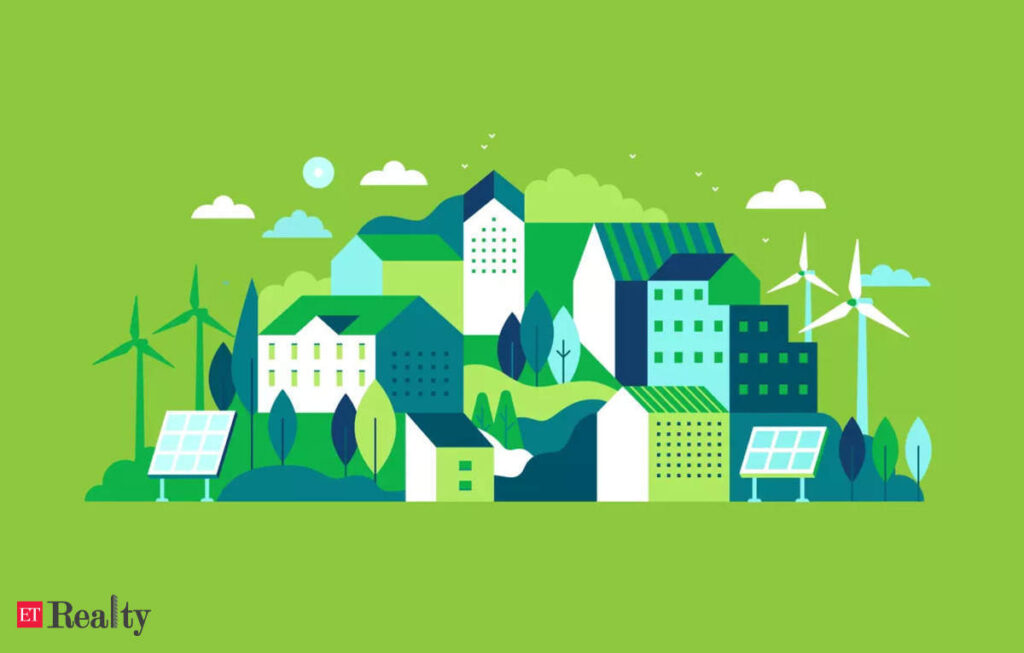As India advances towards the ambitious Atmanirbhar Bharat and Amrut Kaal 2047 goals, the country’s transformative journey relies on key strategic pillars. Intertwining these initiatives will foster a self-sustaining economy poised to lead globally. Policies such as Make in India, Smart Cities, Swachh Bharat, Affordable Housing, Urban Infrastructure and Transport, Climate Resilience, Skill India, Tourism Development, Healthcare Access, and Digital India form a comprehensive framework to boost India’s economic growth and global standing.
Make in India
The Make in India initiative is central to India’s economic self-reliance and manufacturing dominance. Metropolitan centers like Chennai, Pune, and Mumbai are evolving into manufacturing hubs through integrated multimodal infrastructure. Notably, the Yamuna Expressway Industrial Development Authority (YEIDA) is fostering sophisticated manufacturing ecosystems, attracting significant investment. Additionally, India is carving a niche in the semiconductor industry through targeted investments and policy support, with the Mumbai Metropolitan Region bolstering its industrial and logistical prowess. These developments underscore India’s potential as a global manufacturing leader.
Smart Cities
Rapid urbanization is crucial to India’s economic transformation. Integrating automation into urban infrastructure, Smart Cities will redefine urban living. For instance, Surat’s integrated command and control center has improved real-time city monitoring, enhancing safety and efficiency. India’s digital consumption now surpasses the U.S. and China, underscoring the need to expand data center infrastructure. These centers will support the Smart Cities initiative and India’s broader digital innovation and economic modernization goals, transforming urban landscapes into tech-enabled ecosystems.
Recycling Economy
A circular economy thrives on efficient recycling systems, which extend product lifespans, conserve resources, and reduce waste. India’s e-waste recycling industry processes over one million tons annually. Recycling reduces logistics costs by streamlining supply chains and utilizing recycled materials, thus lowering product costs. This approach attracts environmentally conscious consumers and investors, boosting India’s competitiveness in the global market and supporting the circular economy.
Affordable Housing
Affordable housing is key to the ‘Housing for All’ mission under Pradhan Mantri Awas Yojana (PMAY) 2.0, aiming for 1 crore urban and 2 crore rural homes. Housing development stimulates the economy through urban development. The success of PMAY, with over 11 million houses sanctioned, showcases its significant economic impact. As a major employment generator, real estate and associated industries like construction and manufacturing play vital roles in job creation, fueling broader economic growth.
Multimodal Infrastructure
A robust multimodal infrastructure network is crucial for economic efficiency. It facilitates seamless connectivity, enhances trade, boosts employment, and attracts investment. Union Minister Nitin Gadkari highlighted that India’s logistics cost, currently at 14-16%, is set to decrease to 9% within two years, reducing product costs and enhancing global competitiveness. Projects like the Delhi-Mumbai Industrial Corridor exemplify how large-scale infrastructure development supports Atmanirbhar Bharat by boosting productivity and global market competitiveness.
Climate Resilience
Addressing climate resilience requires collaboration between government levels and industries. Innovative solutions are needed for issues like Delhi’s air pollution. Adopting renewable energy, digital infrastructure, and ESG practices enhances climate preparedness. India’s target of 500 GW of renewable energy capacity by 2030 underscores its sustainability commitment, promoting economic growth and positioning India as a global green initiative leader.
Skill India
The Skill India initiative addresses unemployment through vocational training and industry-relevant skills. In 2023 alone, over 4 million individuals were trained, equipping the workforce for economic growth. By upskilling the youth, India harnesses its demographic dividend, ensuring sustainable growth across industries.
Tourism Development
Tourism development showcases India’s cultural heritage while generating employment. Initiatives like Dekho Apna Desh increased domestic tourism by 20%, driving national pride and economic activity. Investing in infrastructure and conservation will position India as a global destination, boosting real estate, infrastructure, and service industries, and creating jobs across sectors. This fosters cultural exchange, national pride, and local and national employment opportunities.
Healthcare Access
Healthcare programs improve urban slum services, reducing disparities and ensuring essential health services. The Ayushman Bharat scheme, which provided free healthcare to over 500 million people, exemplifies impactful transformation.
A multipronged approach for sustainable growth
India’s dynamic pillars present an unprecedented growth opportunity. With GDP growth at 7% and rising employment, India is on track to become the world’s third-largest economy by 2030. Sustainable practices, upskilling initiatives, and transformative projects are essential. A multipronged approach involving robust policy frameworks, industry collaboration, and high-speed execution is crucial. By leveraging these initiatives, India is set to rise as a prosperous, resilient global leader by 2047.
Source Homevior.in




